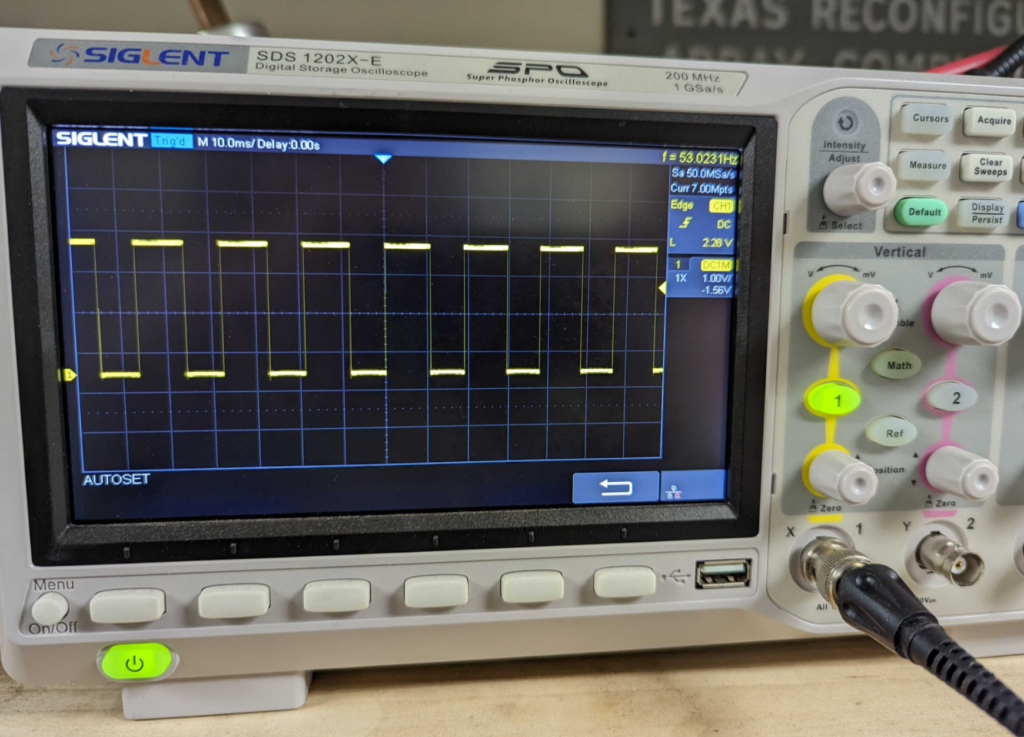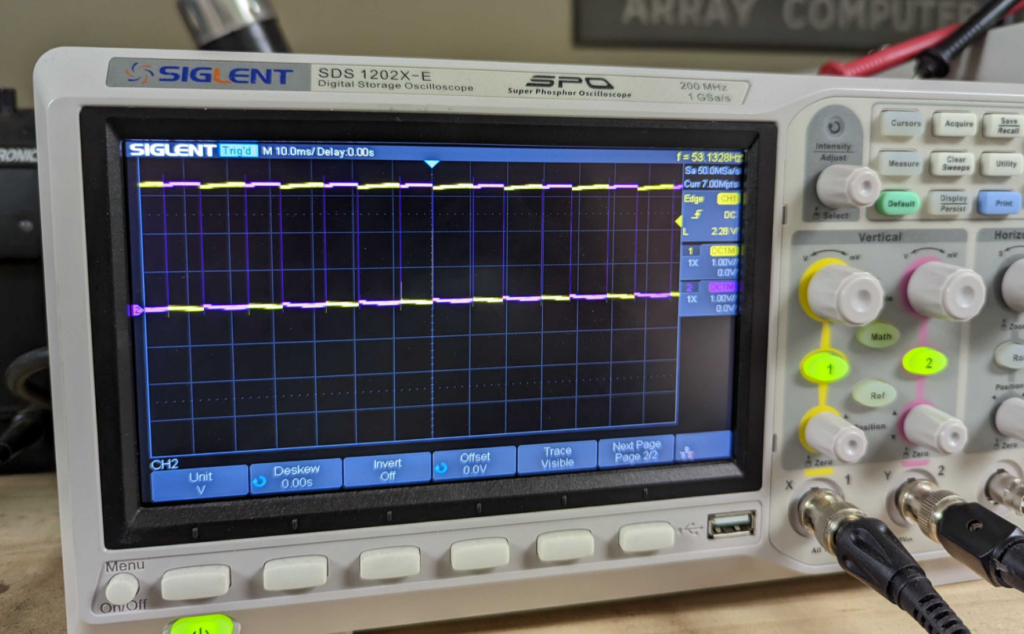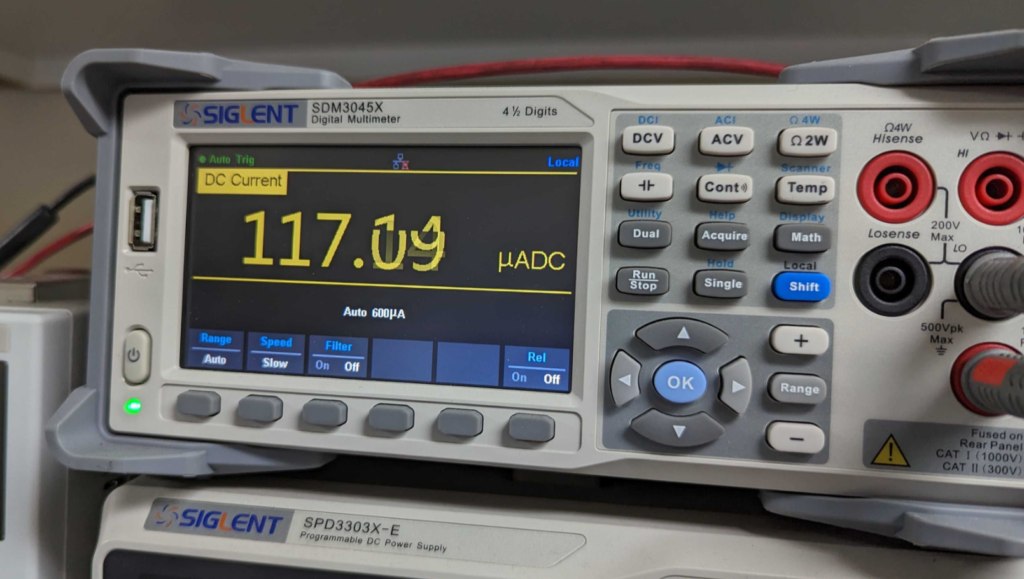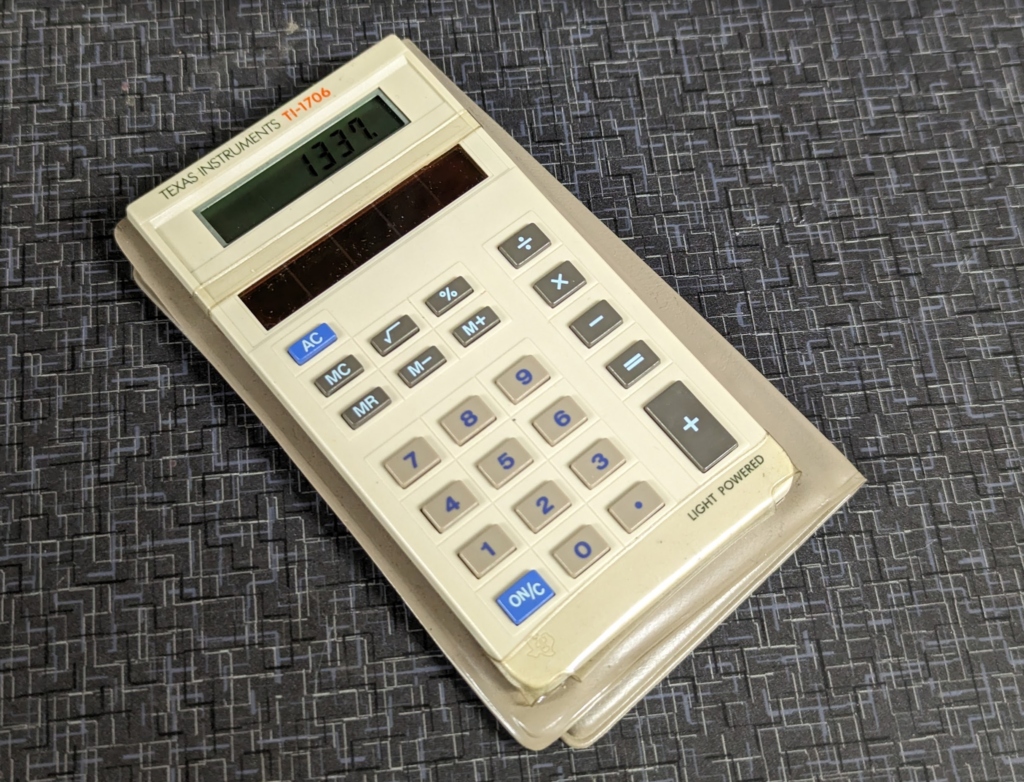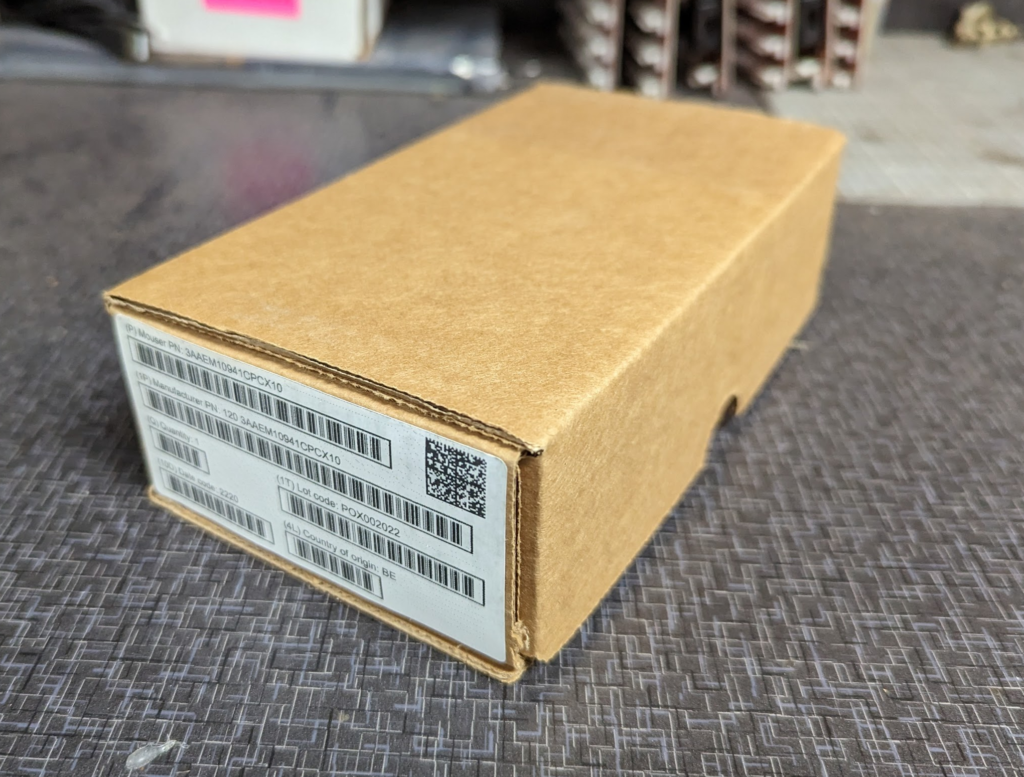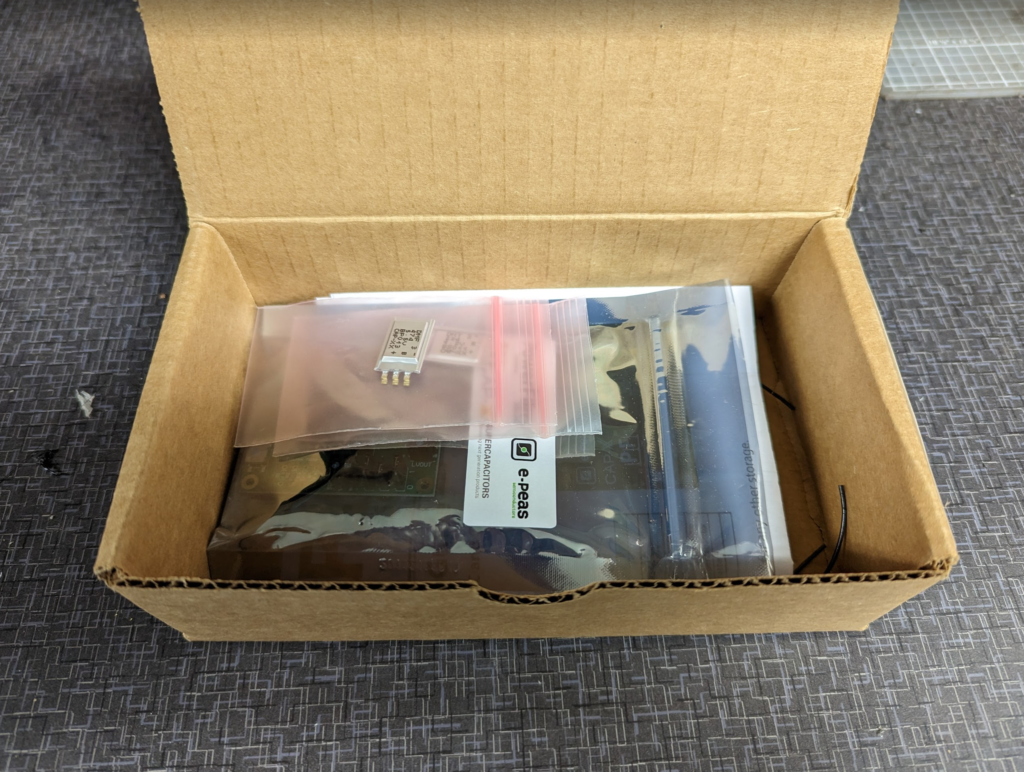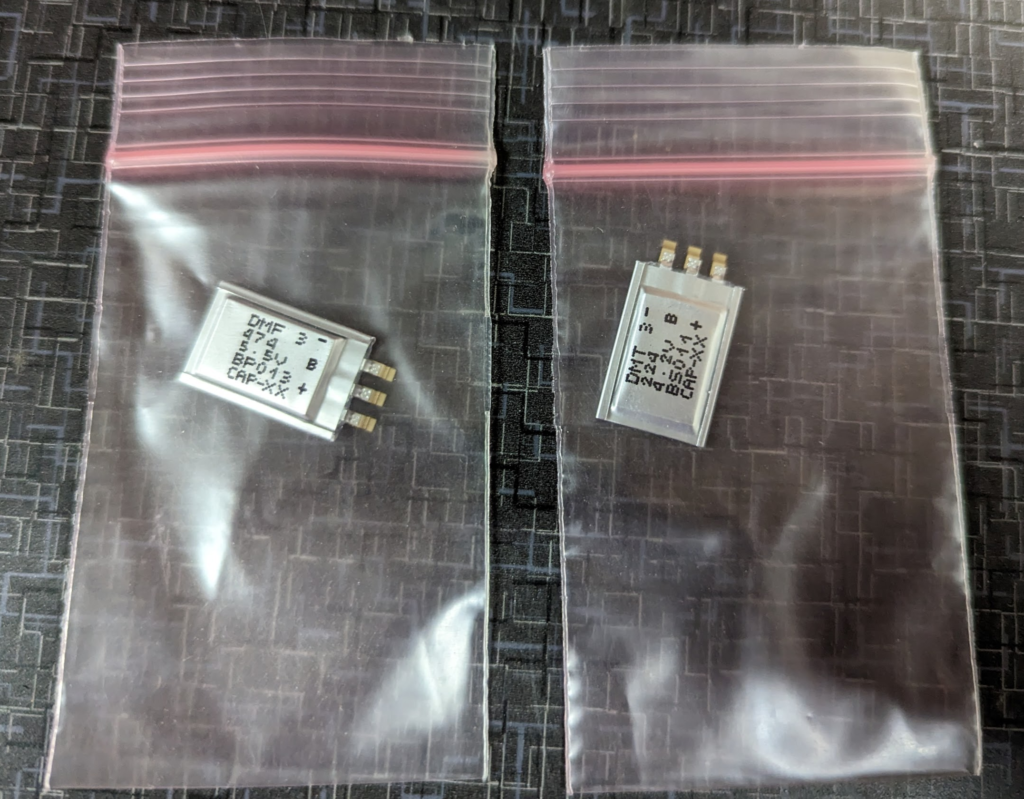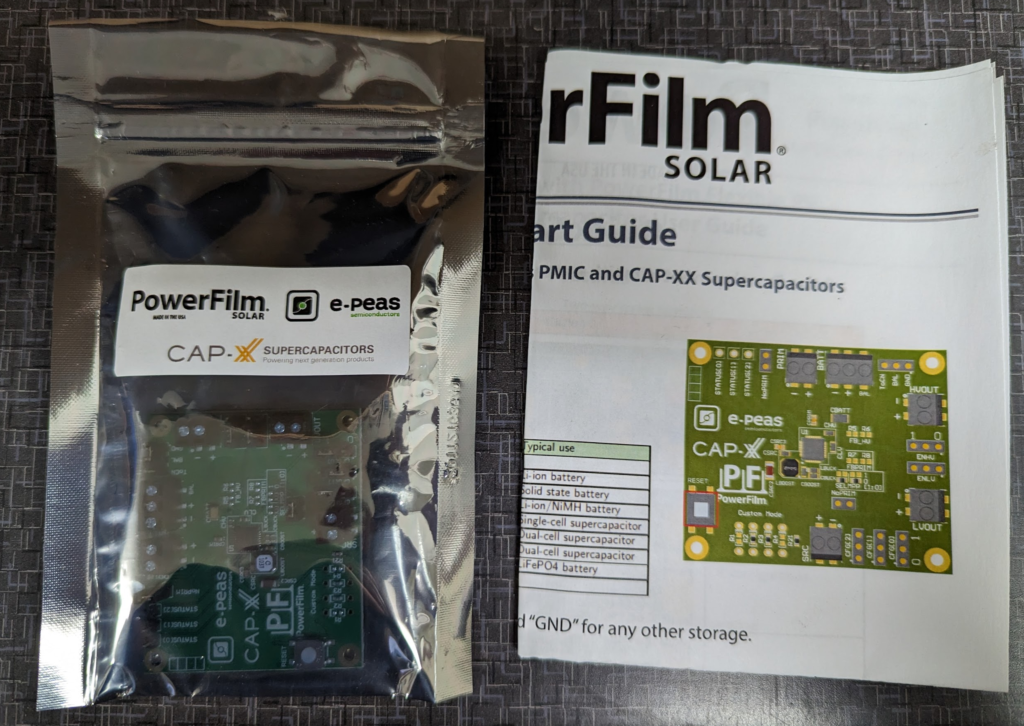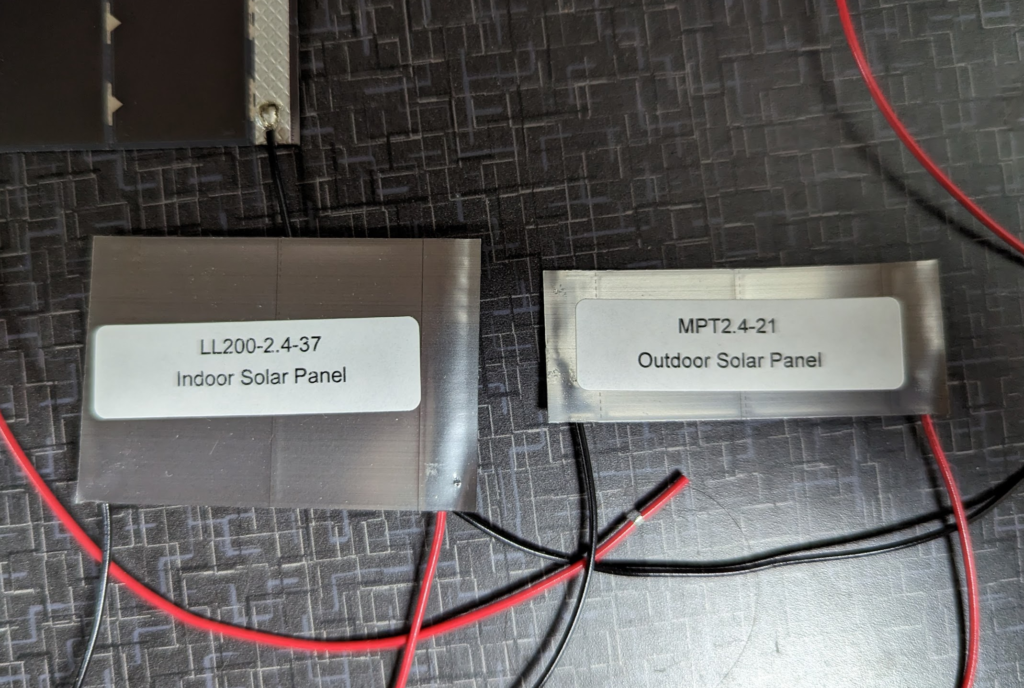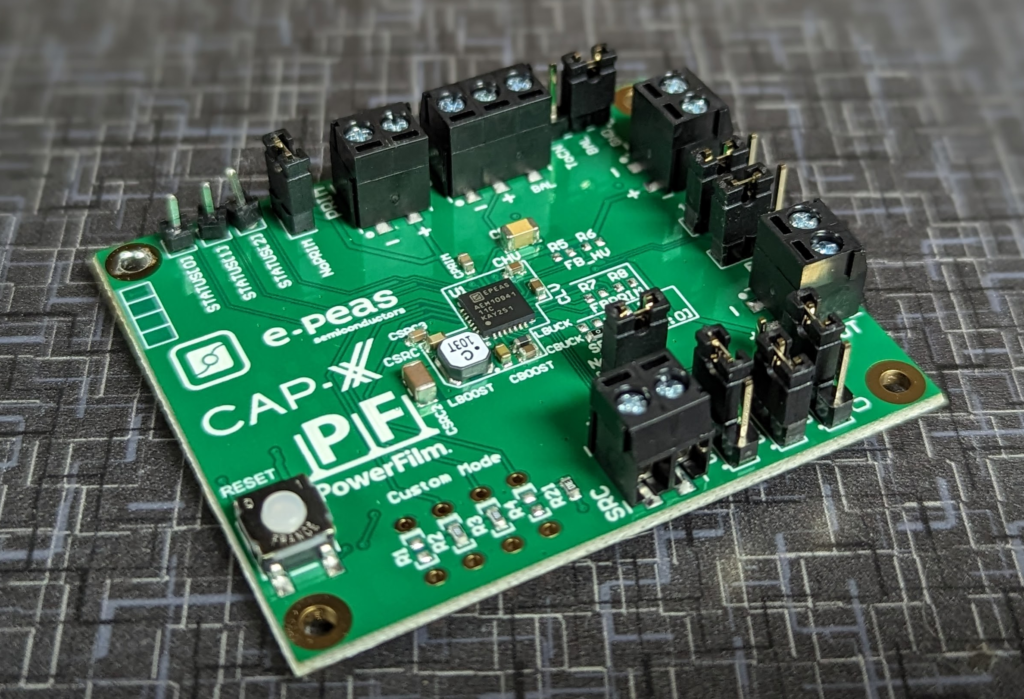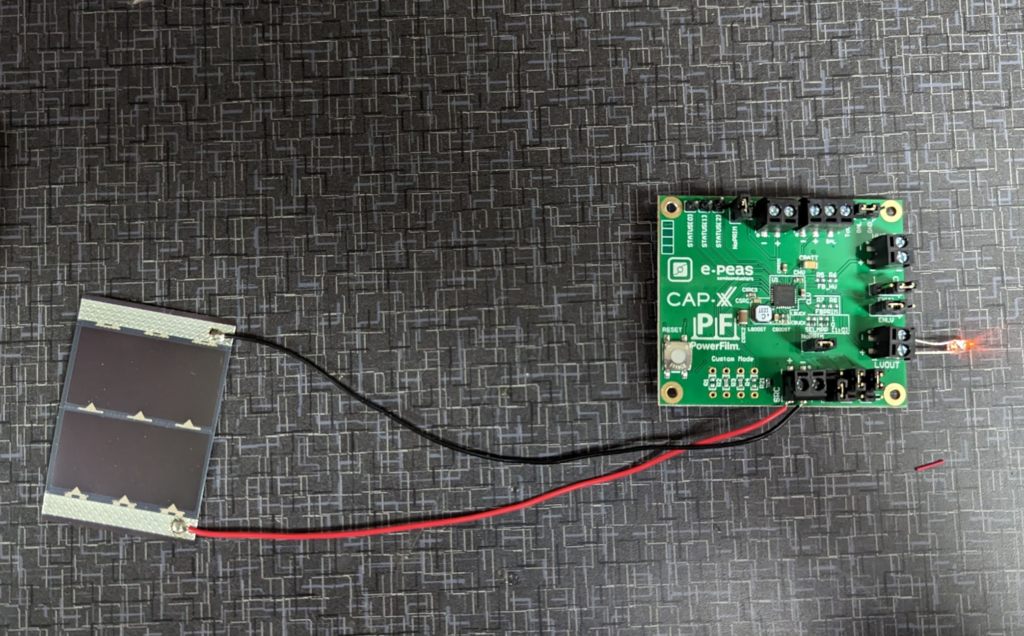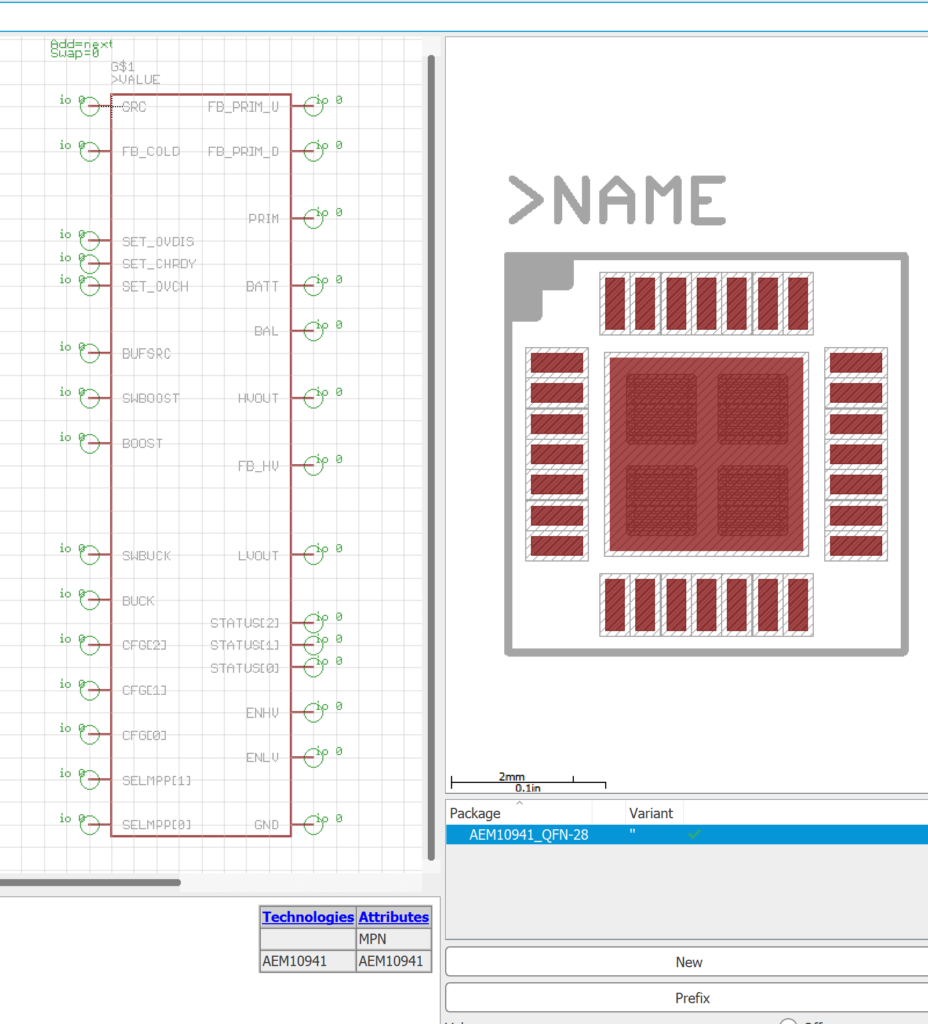In trying to reduce the power consumption of the Cat Feeder Unreminder, I am going to explore using some really low power comparators to build the AC drive voltage I need to run the TN LCD segments.

The MAX9019 is a dual package comparator fits the bill in the power requirements.

In the switching frequencies I am using (50-100Hz) it should only need a supply current of ~1uA.

We setup the first comparator to generate a square wave and then the second comparator in the package as an inverter.
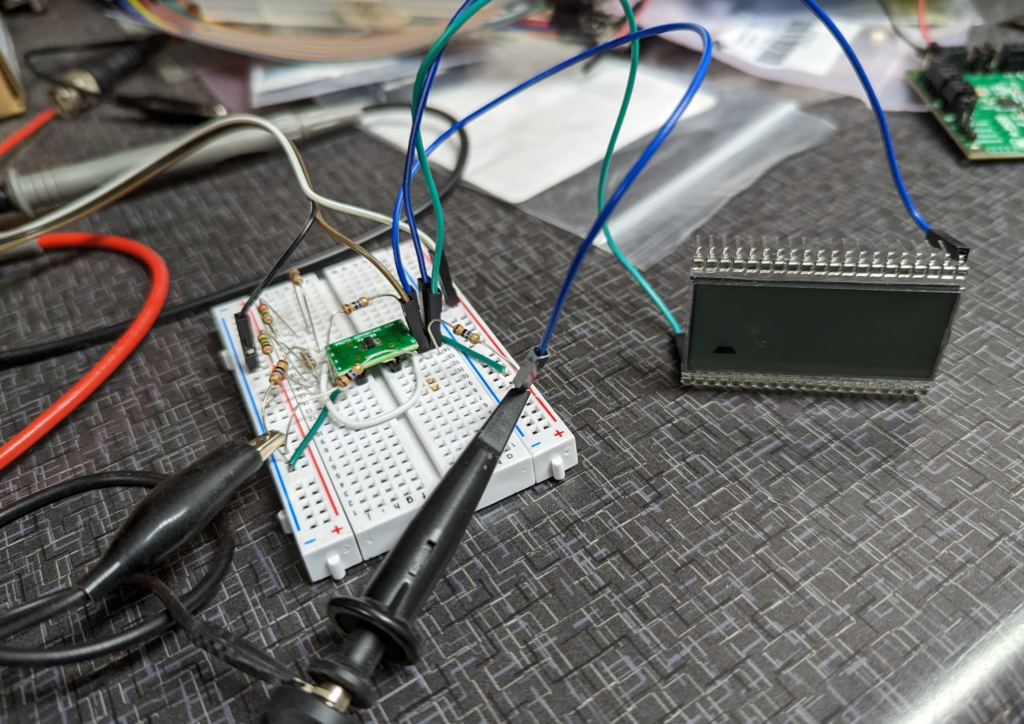
The design breadboarded up. It drives the screen!
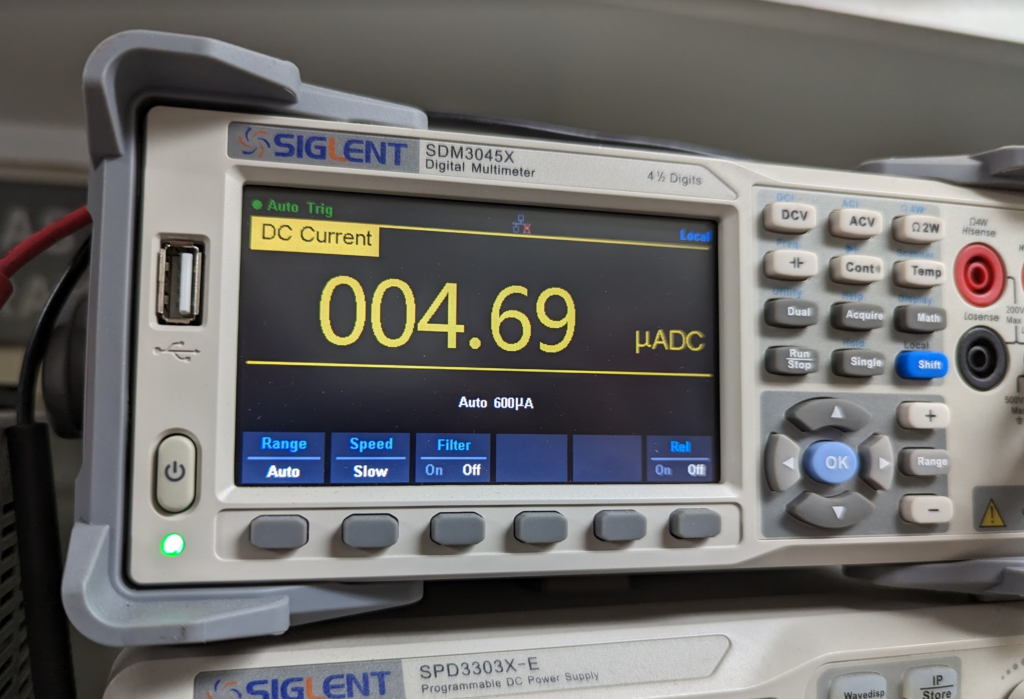
This is well under the resolution of my Siglent SDM3045X. Will have to wait to get the right equipment to measure the actual current the circuit is drawing.
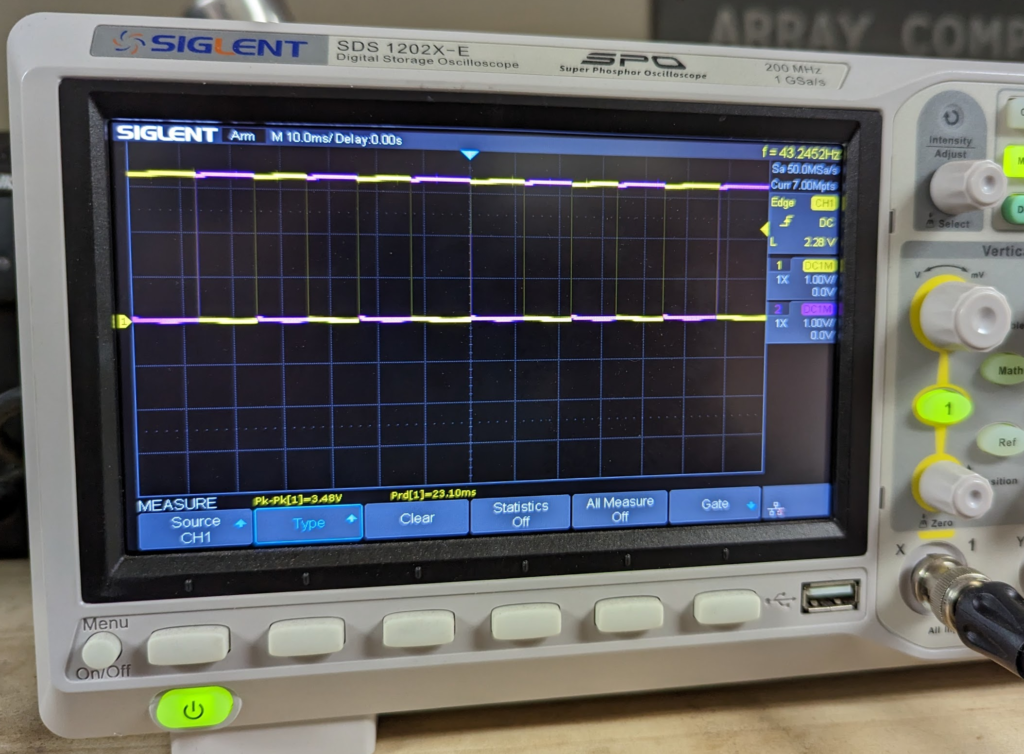
Here are the two output drive signals on the scope.
Next step to work on is the power retention system. The largest draw on the system right now is the leakage on the super capacitors! I found some super capacitors made by Eaton, HSL0814-3R8106-R, that specialize in having low leakage. Slightly higher ESR then some super capacitors but that isn’t that important for this project.


